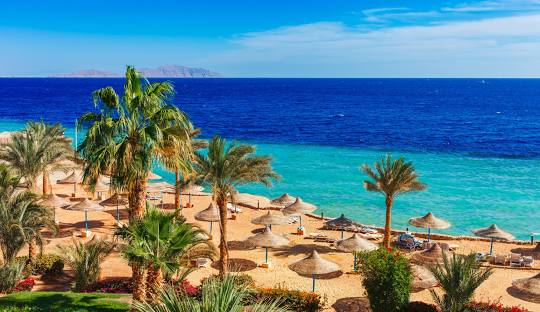Cairo set to open Grand Egyptian Museum – world’s largest showcase of ancient heritage
After more than two decades of planning and meticulous construction, Egypt is preparing to inaugurate the Grand Egyptian Museum (GEM) — the largest archaeological museum in the world — on 1 November. The long-awaited opening marks a defining moment in Egypt’s modern history and underscores Cairo’s ambition to become the global capital of heritage and civilization.

A Cultural Landmark on the Giza Plateau
Strategically located on the Giza Plateau, just a short distance from the Great Pyramids, the Grand Egyptian Museum stands as one of the most ambitious cultural projects ever undertaken in the Middle East. Spanning more than 300,000 square metres, this architectural masterpiece houses vast exhibition halls, restoration laboratories, and research facilities — including the region’s largest conservation center.
A Journey Through 5,000 Years of History
The museum will display over 100,000 artefacts, covering every era of ancient Egyptian civilization — from the Pre-Dynastic Period to the Greco-Roman age. Its highlight is the entire treasure collection of King Tutankhamun, exhibited in full for the first time since Howard Carter’s historic discovery in 1922. Visitors will also encounter priceless pieces such as Queen Hetepheres’ royal belongings and the reconstructed solar boats of King Khufu, offering an unprecedented journey through Egypt’s glorious past.
An Architectural Masterpiece of Symbolism and Innovation
Designed by the award-winning Irish architectural firm Heneghan Peng, the museum’s modern geometry harmonizes with pharaonic symbolism. Its alignment with the sun’s rays connecting the three pyramids symbolizes the eternal link between Egypt’s ancient and modern identities. Construction began in 2005 and concluded in 2021, followed by years of conservation work, installation, and staff training to ensure world-class curation standards.

From Vision to Reality
The idea of the Grand Egyptian Museum originated in the 1990s, when Egypt launched an international architectural competition under UNESCO’s supervision. In 2016, a prime ministerial decree established the Grand Egyptian Museum Authority, later reorganized in 2020 under the Ministry of Tourism and Antiquities. The Board of Trustees, chaired by President Abdel Fattah Al-Sisi, includes prominent Egyptian and international experts in archaeology and heritage management.
A Global Celebration of Culture and Innovation
The inauguration ceremony will be an international celebration, welcoming world leaders, monarchs, and cultural icons. To mark the occasion, Prime Minister Mostafa Madbouly declared Saturday, 1 November, a paid public holiday to facilitate movement and allow Egyptians to witness the historic event. The opening will also highlight Egypt’s ongoing development projects around Giza, transforming the area into a modern tourism hub.
Beyond a Museum: A Living Cultural Ecosystem
The Grand Egyptian Museum is envisioned not only as a display of antiquities but as a center for education, creativity, and cultural exchange. It features a children’s museum, educational and research centers, cinema, conference halls, and open spaces with shops, restaurants, and landscaped gardens. Using cutting-edge digital technologies, it offers interactive experiences and virtual storytelling that connect visitors emotionally to Egypt’s timeless heritage.
Reaffirming Egypt’s Global Leadership in Heritage Tourism
Officials emphasize that the Grand Egyptian Museum will strengthen Egypt’s status as a world leader in cultural tourism, attracting millions of visitors annually. It positions Cairo as a vibrant bridge between the ancient world and the modern age — a place where innovation, history, and architecture converge to celebrate humanity’s oldest civilization.
As Egypt adds the final touches before the grand inauguration, the world eagerly awaits the moment when the doors of the Grand Egyptian Museum open — unveiling not just a collection of treasures, but a renewed vision of Egypt’s enduring greatness.



